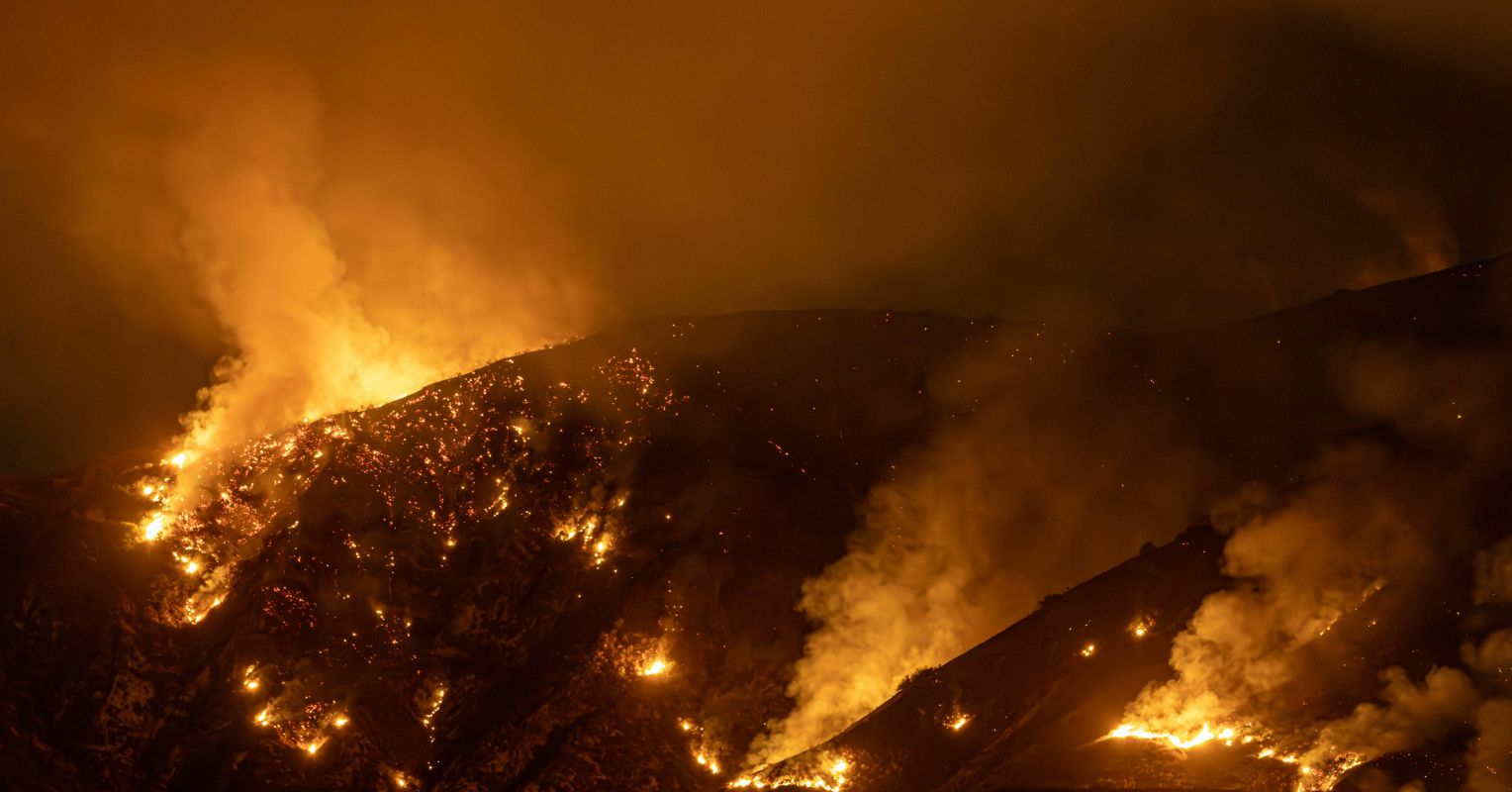
The Anniversary of the Montecito Debris Flow
It’s been seven years since the Montecito Debris Flow, a natural disaster that took the lives of 23 people at 3:30 a.m. when the mountain came down following the unrelenting Thomas Fire and intense rain. We grieved together. Many showed up to dig each other out of the mud, creating a stronger sense of unity and camaraderie. Still, the whole community experienced loss, upheaval, and the long-term ramifications of collective trauma.
Lessons Learned as a Clinical Psychologist
As a clinical psychologist, I had already been responding to communities in the aftermath of disasters for many years. I knew that the pathway to healing was not linear and had learned the lesson that there were many complicated challenges that arise when collective trauma takes place.
For example, after the 2008 Tea Fire destroyed more than 210 homes in Montecito and Santa Barbara, a distraught husband reached out to me for support, feeling utterly isolated. He showed me a picture of his home in flames. After the fire, his once-happy marriage fell apart. He and his wife struggled to find common ground. He wanted to problem-solve and get going with rebuilding. She was in mourning and fearful of returning to the same location. Eventually, she just wanted to get as far away as possible, so she took a flight across the country and they stayed apart, slowly drifting away from one another.
A family turned to me for help. The two kids, one 11 and the other 15, felt confused and scared, no longer trusting that life could be predictable and secure. Caught up in their own unrelenting grief, Mom and Dad could not offer comfort. Their own uncertainty just kept accumulating, alongside their overflowing debt and responsibilities. The teenager rolled his eyes at me. “I can’t listen to her crying anymore,” he nodded toward his mother, as she tried to stifle her sobbing. He walked away but then turned back, holding out a fragment of an object he kept in his pocket. I couldn’t identify it. “It’s the only thing I found where my house used to be after the fire,” he shrugged. “At school, they gave me a backpack and a new computer, but I didn’t want those things. I lost all my memories. I want those back.”
A couple said they were struggling with anger, but not toward each other. And they didn’t want to talk about the destruction of their whole street. They wanted to tell me about their neighbor who kept encroaching as they sought to define property lines that had long been irrelevant, hidden under shrubs and trees that were now scorched on the scarred and empty land. Their anger turned to rage, directed at their former friend. Perhaps what they were truly angry about was the sudden and violent disruption of their lives, the unfairness of it all, the pain of all of the losses.
Grassroots and Indigenous Healing Offers Hope
Indigenous wisdom guides us toward collective healing and holistic approaches. We need one another, and it’s important to recognize the ways in which our families, loved ones, and neighbors influence our mental health. A longitudinal study of more than 20 years demonstrated that happiness spreads and extends up to three degrees of separation. In other words, our friends of our friends’ friends’ happiness impacts our own. After wildfire, reimagining the journey of our healing as spiritual, cultural, and social, rather than solo, can help communities find ways to rebuild from within.
In the aftermath of crises, the grassroots efforts I have joined have had the most direct, immediate, and powerful impact: tending to others’ basic needs first, identifying and meeting individual requests through online lists and donations, showing up and doing what’s needed in that moment. After one wildfire, I met with a group of people who had lost their homes. We met in a small, dimly lit cabin, once a week for a year, as they revisited their initial disorientation and their ongoing, chronic experiences of dread. They shared poetry and danced, none of it in celebration but as acts of expression, memory, and, ultimately, healing.
It is safer to stick together. With compassion comes a sense of purpose and gratification in helping others. We have the chance to be united, acknowledging our loss and suffering, but also finding our strength.
